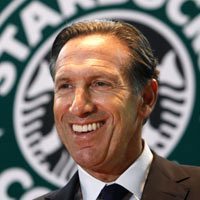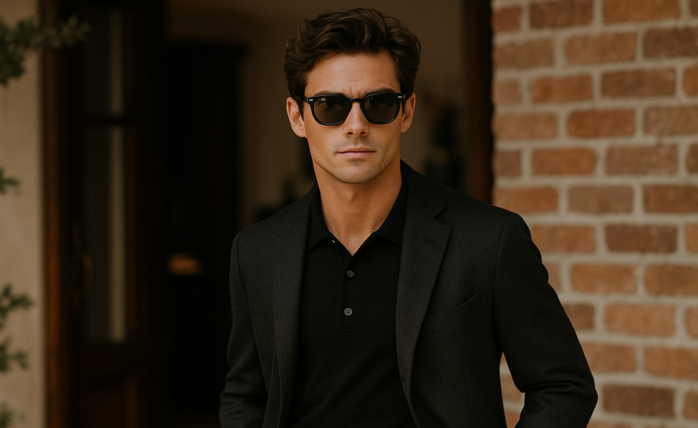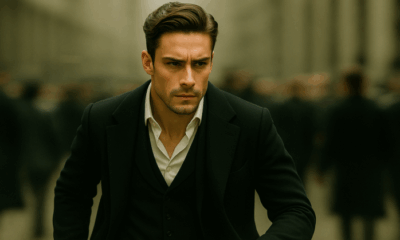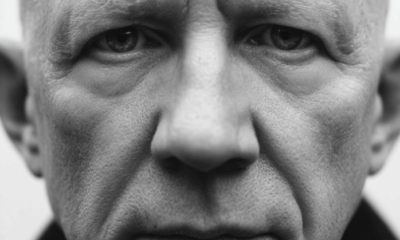Entrepreneurs
Why Howard Schultz Is So Successful
Howard Schultz is the American chairman and CEO of Starbucks. Although Schultz is most famous for his Coffee business, he was also the former owner of the Seattle SuperSonics and was on the board of directors at Square Inc.
Early Career
 Schultz graduated from Northern Michigan University with a Bachelor’s Degree in Communication and proceeded to gain employment as a Salesman, selling appliances for Hammerplast who sold European Coffee makers across the USA. In five years, Schultz had climbed the ladder to become director of sales and he observed that he was selling the most coffee makers to a small coffee business in Seattle, known at the time as Starbucks Coffee Tea and Spice Company. He was selling more to these few stores than he was to Macy’s.
Schultz graduated from Northern Michigan University with a Bachelor’s Degree in Communication and proceeded to gain employment as a Salesman, selling appliances for Hammerplast who sold European Coffee makers across the USA. In five years, Schultz had climbed the ladder to become director of sales and he observed that he was selling the most coffee makers to a small coffee business in Seattle, known at the time as Starbucks Coffee Tea and Spice Company. He was selling more to these few stores than he was to Macy’s.
Schultz knew he had to go to Seattle when the increase in numbers never stopped. He was selling more and more coffee makers to them every month. Schultz still fondly remembers the first time that he walked into the original Starbucks and at the time it was only 10 years old and only existed in Seattle.
Howard Schultz’s net worth is an estimated $2.6 Billion
Howard Schultz and modern Starbucks
 In 1982, one year after meeting with the founders of the original Starbucks, Schultz took the position of director of retail operations and marketing for the rapidly growing coffee business. At this time, they were only selling coffee beans and not coffee to drink. Zev Siegl, one of Starbucks’ co-founders highlighted Shultz’s “fabulous communication skills” as a major strength.
In 1982, one year after meeting with the founders of the original Starbucks, Schultz took the position of director of retail operations and marketing for the rapidly growing coffee business. At this time, they were only selling coffee beans and not coffee to drink. Zev Siegl, one of Starbucks’ co-founders highlighted Shultz’s “fabulous communication skills” as a major strength.
Schultz was determined to have a big impact on the company from day one and made Starbucks’ mission his own. It was whilst travelling Italy in 1983 that an important idea struck him. He realised that Starbucks should not just sell coffee beans but sell coffee drinks as well. He recalls that it wasn’t just the romantic idea of coffee, it was the sense of community and the connection between the people, the coffee and one another. He couldn’t wait to get back to Seattle and describe how he had “seen the future”.
“I think if you’re an entrepreneur, you’ve got to dream big and then dream bigger.” – Howard Schultz
 The company’s founders did not have the same enthusiasm for opening coffee bars within Starbucks’ stores and they insisted that it wasn’t for them. However, Schulz was persistent until the owners finally allowed him to open a coffee bar in a new store that was due to open in Seattle. It was an immediate success and it was attracting hundreds and hundreds of customers per day.
The company’s founders did not have the same enthusiasm for opening coffee bars within Starbucks’ stores and they insisted that it wasn’t for them. However, Schulz was persistent until the owners finally allowed him to open a coffee bar in a new store that was due to open in Seattle. It was an immediate success and it was attracting hundreds and hundreds of customers per day.
However, the rapid success of the coffee bar confirmed to the owners that they didn’t want to go in the same direction as Schultz and they didn’t want to get too big. A disappointed Schultz left Starbucks in 1985 to open a chain of coffee bars on his own, called Il Giornale and it quickly became successful.
“At an early age, my mother gave me this feeling that anything is possible, and I believe that.” – Howard Schultz
A couple of years later, Schultz was able to purchase Starbucks with the help of investors and merged Il Giornale with his former employers. He then became CEO and chairman of Starbucks, which was to be known as the Starbucks Coffee Company. Schultz had to use all of communication skills to bring investors around to the idea that Americans would pay high prices for a drink they were used to getting for 50 cents. At that time, most people weren’t aware of the differences between high quality coffee and the instant varieties, this was on top of the fact that coffee consumption was on the decline in the USA.
Schultz publicly resigned as Starbucks’ CEO in 2000, however, he returned as the company’s boss in 2008 and in 2009 he famously said, when describing Starbucks’ mission; “We’re not in the business of filling bellies; we’re in the business of filling souls.”
The Continued Success of the Starbucks Coffee Company
 The growth of Starbucks has allowed Schultz to be ranked in Forbes magazine’s “Forbes 400” list, which highlights the 400 richest people in the USA.
The growth of Starbucks has allowed Schultz to be ranked in Forbes magazine’s “Forbes 400” list, which highlights the 400 richest people in the USA.
There is no single company is selling more coffee to more people in more places than Starbucks. The company had expanded to include more than 17,600 stores in 39 countries all across the globe by 2012. By 2014, Starbucks had surpassed 21,000 stores with new stores reportedly opening every single day and the company now attracts in excess of 60 million customers per week.
Howard Schultz: 6 Habits of True Strategic Thinkers
Conclusion
Howard Schultz has combined incredible communication skills, persistence, strategic thinking and a clear vision to impact hundreds of millions of people’s lives and make himself a billionaire in the process.
Schultz’s story teaches us that although others may not share our vision, we have to remain true to what we believe is possible and pursue that vision anyway.
Change Your Mindset
The Silent Skill That Makes People Respect You Instantly
What truly earns respect and why most people go about it the wrong way

Everybody craves respect but not everyone earns it. Some people believe that a title, years of experience, or a position of authority automatically entitles them to respect. (more…)
Entrepreneurs
The Essential Skills Every Entrepreneur Needs In 2026
Success in the digital age isn’t about luck. It’s about mastering the skills that separate dreamers from doers.

When I was 22 years old, I started my first side hustle as a ghostwriter. (more…)
Business
The Hidden Money Pit in Your Operations (and How to Use It)
See how smart asset management software is quietly saving businesses thousands in wasted time, stock, and maintenance.

Trimming unnecessary expenses and minimizing resources is a general practice in running a business effectively. Asset management software can help you achieve those goals. (more…)
Business
Thinking of Buying A Business? These 6 Sectors Quietly Produce the Best Deals
Before you buy your next venture, check out the sectors where successful businesses are changing hands every day.

All entrepreneurs have a desire to be the masters behind a successful venture. Buying an established business is a great choice for many. This provides instant access to an established market with existing infrastructure and clients. (more…)
-

 Shift Your Mindset4 weeks ago
Shift Your Mindset4 weeks ago11 E’s That Define Every Great Leader And Why Most People Miss Them
-

 Did You Know3 weeks ago
Did You Know3 weeks agoThe Success Patterns You Inherited (And Didn’t Notice)
-

 Entrepreneurs3 weeks ago
Entrepreneurs3 weeks agoThe Essential Skills Every Entrepreneur Needs In 2026
-

 Business3 weeks ago
Business3 weeks agoThe Hidden Money Pit in Your Operations (and How to Use It)
-

 Change Your Mindset2 weeks ago
Change Your Mindset2 weeks agoHow to Turn Your Mind Into Your Greatest Asset (Instead of Your Enemy)
-

 Change Your Mindset2 weeks ago
Change Your Mindset2 weeks agoThe Silent Skill That Makes People Respect You Instantly
-

 Life1 week ago
Life1 week ago10 Research-Backed Steps to Create Real Change This New Year
-

 Tech1 week ago
Tech1 week agoWhat’s in a Name? How to Get Your Domain Right


























1 Comment